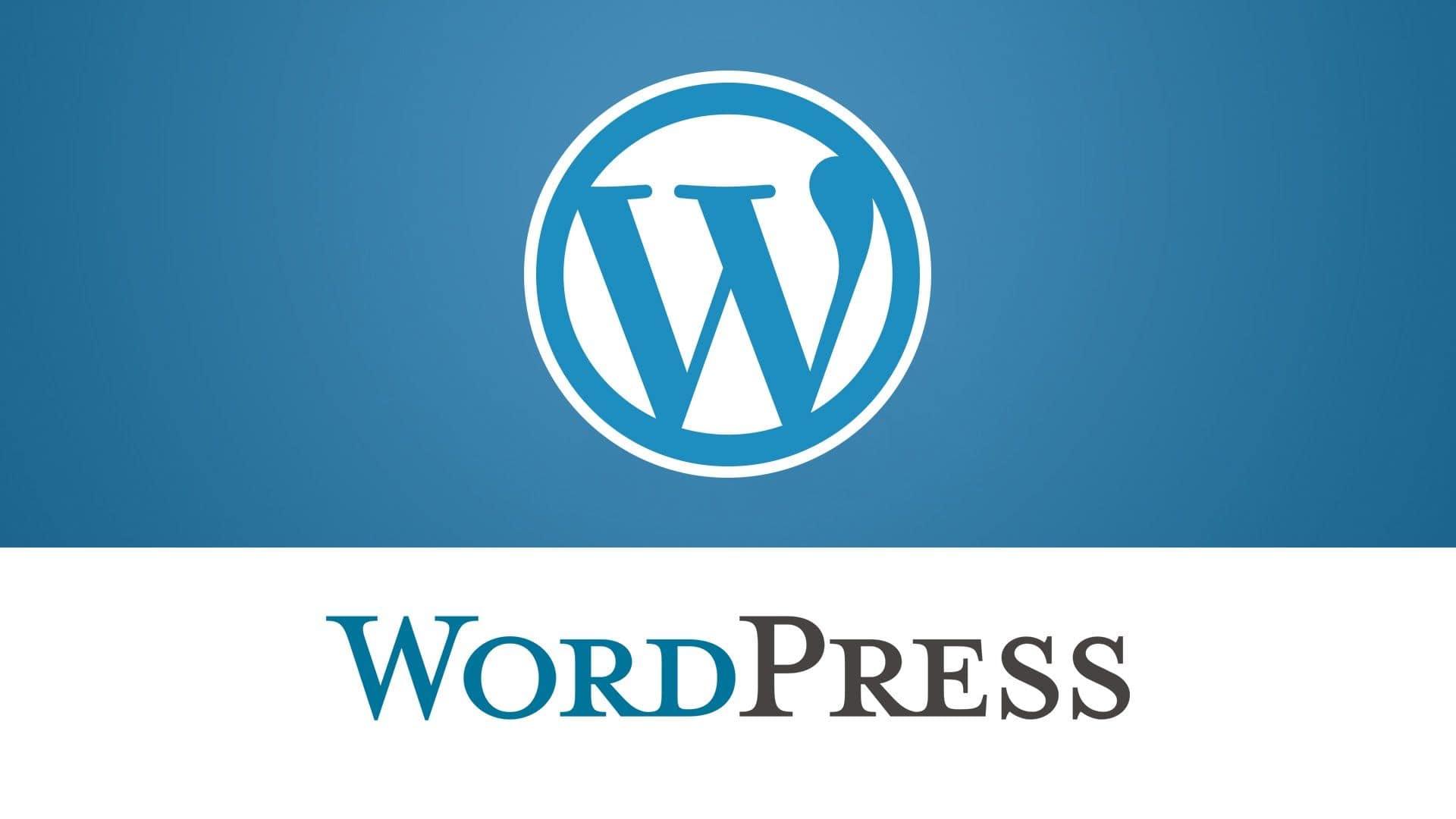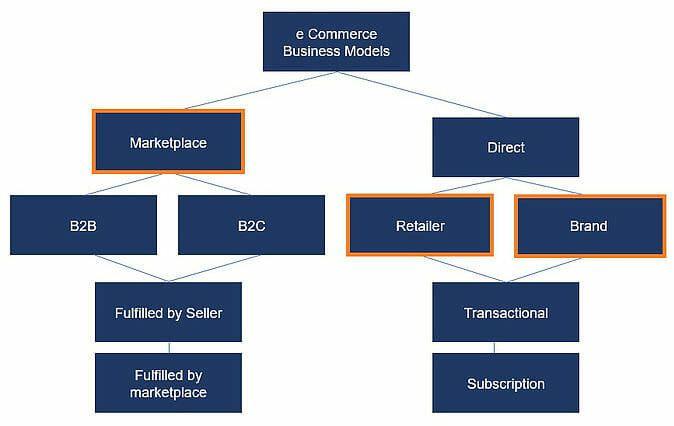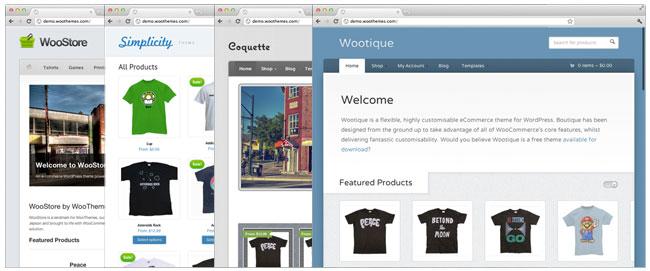Are you diving into the world of online business adn feeling a bit overwhelmed by the multitude of options available? If you’ve come across WordPress and WooCommerce, you’re not alone! While they frequently enough appear together in e-commerce discussions, they serve distinct purposes that can greatly impact your website’s functionality and success. In this article, we’ll break down the key differences between WordPress and WooCommerce, helping you understand how each one fits into the bigger picture of creating a thriving online store. Whether you’re a budding entrepreneur or just curious about website building, by the end, you’ll be equipped with the knowledge to make the right choice for your e-commerce journey.Let’s get started!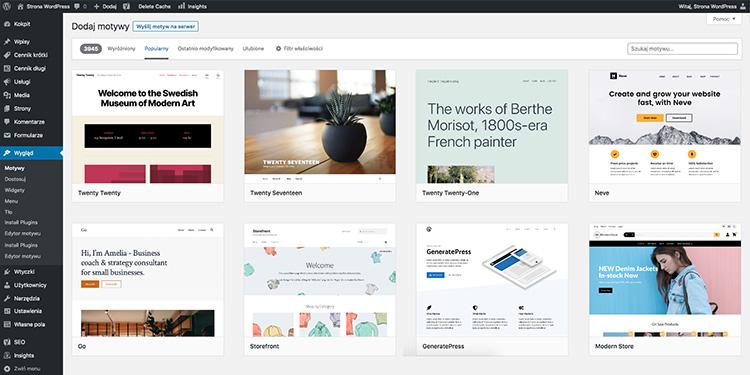
Understanding WordPress and WooCommerce: An Overview of Their Functions
When diving into the world of online business, it’s crucial to understand the distinct roles that WordPress and WooCommerce play. While both are integral to building a accomplished e-commerce site, they serve very different purposes. WordPress is a robust content management system (CMS) that allows you to create and manage any kind of website, from blogs to business sites. Conversely, WooCommerce is a powerful plugin designed specifically for WordPress, enabling you to turn your standard website into a fully functional online store.
At its core, WordPress offers a variety of features that make it a flexible platform for website growth. It provides an extensive library of themes and plugins, allowing users to customize their sites without needing extensive coding knowledge. Here are some key functions of WordPress:
- Content Management: Easily create, edit, and publish posts and pages.
- user Management: Control user roles and permissions for collaborative sites.
- SEO-Friendly: built-in features and plugins that optimize your site for search engines.
- Responsive Design: Many themes are mobile-friendly, ensuring a great user experience across devices.
Conversely, woocommerce enhances the WordPress experience by adding e-commerce capabilities. If you want to sell products or services online, WooCommerce is the go-to solution. Here are some of the standout features of this plugin:
- Product Management: Add, manage, and categorize physical and digital products.
- Payment Gateways: Supports various payment options, including credit cards, PayPal, and more.
- Inventory Control: Keep track of stock levels and receive notifications when items are low.
- Shipping Options: Configure shipping methods and costs to suit your business needs.
To illustrate the differences more clearly,consider the following table:
| Feature | WordPress | WooCommerce |
|---|---|---|
| Purpose | Website creation and management | E-commerce functionality |
| Customization | Themes and plugins | Product and payment options |
| Target Users | Bloggers,businesses,creatives | Online retailers |
| Installation | Core software | Plugin to extend WordPress |
while wordpress lays the foundation for your website,WooCommerce builds the e-commerce structure on top of it. Understanding these differences is essential for anyone looking to establish a successful online presence. Whether you’re a blogger looking to monetize your content or a business owner ready to launch an online store, knowing how to leverage both tools will be key to your success.
The Core Features of WordPress: Building Your Website Foundation
when considering platforms to build your online presence, understanding the core features of WordPress sets a solid foundation for your website.WordPress is not just a blogging tool; it has evolved into a powerful content management system (CMS) that supports a variety of website types, from portfolios to e-commerce stores. This adaptability is critical, especially when comparing it with specialized solutions like WooCommerce.
One of the standout features of WordPress is its user-friendly interface, which allows individuals with minimal technical skills to create and manage their own websites. This ease of use is complemented by a vast library of themes and plugins that can enhance the functionality and appearance of your site. Here are some crucial elements:
- Themes: Thousands of customizable options that allow for unique designs.
- Plugins: Extend your site’s functionality, from SEO tools to social media integrations.
- SEO Features: Equipped with tools to optimize your content for search engines.
Moreover, WordPress offers excellent content management capabilities. You can easily create, edit, and organize your content. The built-in editor makes it simple to add text, images, and multimedia elements. Additionally, with its media library, you can manage your images and files seamlessly. This level of control is particularly beneficial when compared to WooCommerce, which, while powerful for e-commerce, does not focus as extensively on content management.
Security is another critical aspect of WordPress. With regular updates and a dedicated community focused on security improvements, WordPress is built to safeguard your data. You can also install security plugins to bolster this protection further. Below is a simple comparison of security features:
| Feature | WordPress | WooCommerce |
|---|---|---|
| Regular Updates | ✔️ | ✔️ |
| Security Plugins | ✔️ | Limited |
| Community Support | ✔️ | ✔️ |
while WooCommerce is an remarkable tool for building an online store, WordPress provides a broader set of core features that cater to a wide array of website needs. From its intuitive interface and extensive customization options to robust security and content management capabilities, WordPress serves as an ideal foundation for anyone looking to establish a strong online presence, whether for blogging, showcasing a portfolio, or launching an e-commerce site.
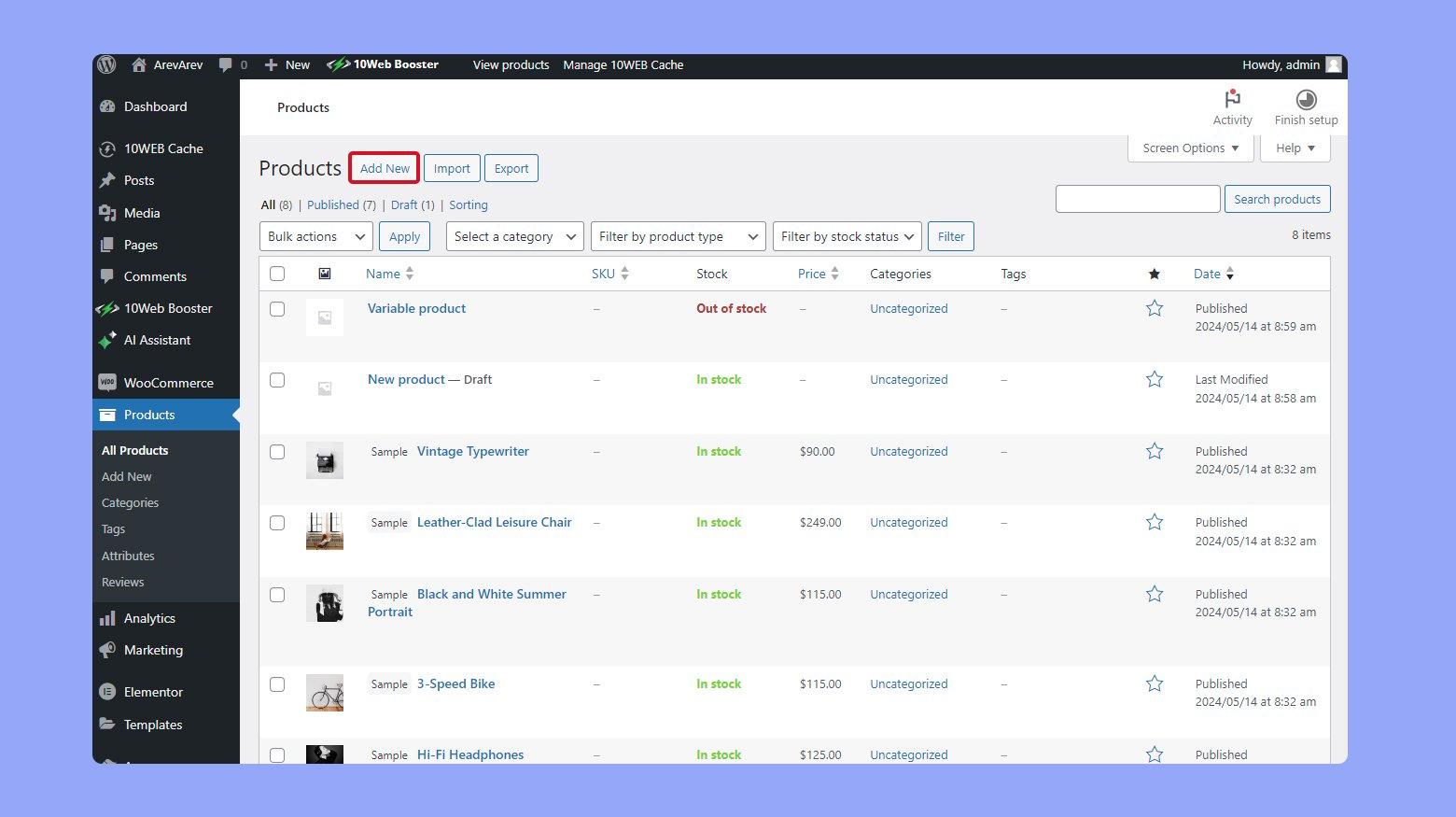
Exploring WooCommerce: Transforming WordPress into an online Store
When diving into the world of online commerce, understanding the basic differences between WordPress and WooCommerce is crucial.While both play important roles in creating an online store, they serve distinct purposes that cater to different aspects of eCommerce.
WordPress is primarily a content management system (CMS) designed for building and managing websites. Its versatility allows users to create everything from blogs to portfolios. Some notable features of WordPress include:
- User-friendly interface for managing content
- Extensive library of themes and plugins
- Robust community support
WooCommerce, on the other hand, is a plugin that transforms a standard WordPress site into a fully functional online store.It adds eCommerce capabilities that are not inherently available with WordPress alone.Here are some key functionalities that WooCommerce brings to the table:
- Product management tools
- flexible payment gateways
- Shipping options and tax calculations
| Feature | WordPress | WooCommerce |
|---|---|---|
| Purpose | Website creation and management | Online store functionality |
| Core Functionality | Content publishing | Product selling |
| Plugins/Themes | Various options for customization | Specific to eCommerce |
While WordPress can handle a variety of website needs, adding WooCommerce opens up a world of eCommerce possibilities. It lets you create product listings, manage inventory, process transactions, and much more—all from within your WordPress dashboard. The integration is seamless, making it easier for users to transition from simply content creation to full-fledged online sales.
while WordPress lays the groundwork for your website, WooCommerce elevates it, allowing you to sell products and services online efficiently. Understanding the interplay between these two platforms is essential for anyone looking to build a successful online business.
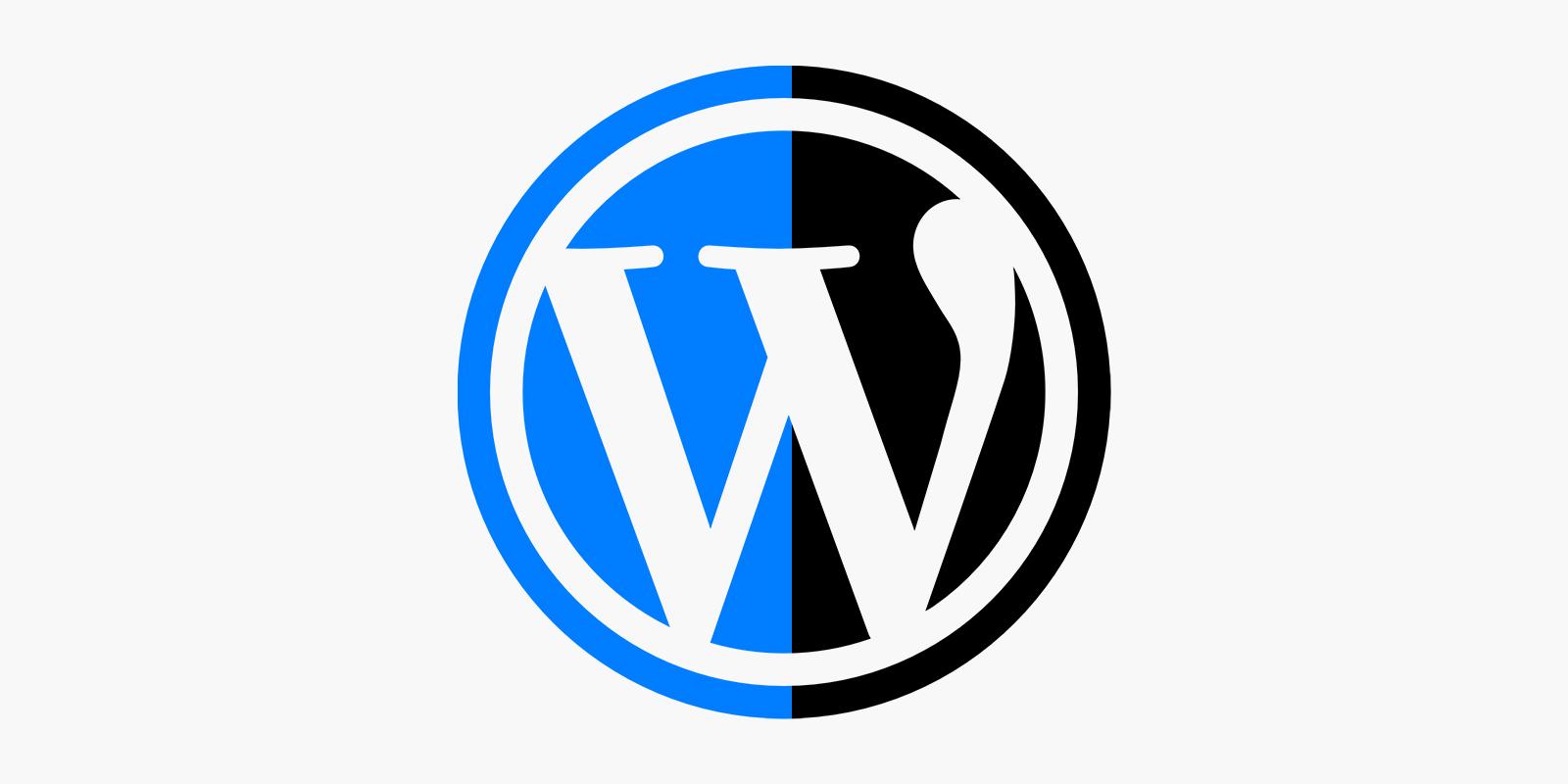
How WordPress and WooCommerce Work Together Seamlessly
When it comes to building an online store, WordPress and WooCommerce create a powerful duo that streamlines the entire process.WordPress serves as the foundation, providing a user-friendly interface and a flexible content management system, while WooCommerce acts as a plugin that transforms your WordPress site into a fully functional eCommerce platform. This seamless integration allows users to harness the capabilities of both tools without any technical hurdles.
One of the standout features of this combination is the ability to manage products effortlessly. With WooCommerce, you can:
- Add unlimited products: Whether you are selling physical items, digital downloads, or services, the options are virtually limitless.
- Customize product pages: Tailor your product descriptions, images, and specifications to meet your brand’s needs.
- Set pricing and inventory: With built-in inventory management tools, keep track of stock levels and set pricing strategies with ease.
Moreover, WordPress gives you access to a vast array of themes and plugins that enhance your store’s functionality and aesthetics. You can choose from numerous eCommerce-specific themes designed to showcase your products effectively. And if you need extra features like email marketing, SEO tools, or social media integration, the extensive library of plugins at your disposal means you can customize your site to fit your unique business needs.
To illustrate the advantages of using WordPress and WooCommerce together, consider the following table:
| Feature | WordPress | WooCommerce |
|---|---|---|
| User Management | Basic user roles | Advanced customer profiles and management |
| Content Creation | Blogging and pages | Product descriptions and categories |
| Design Flexibility | Custom themes | eCommerce-specific themes |
| SEO Capabilities | robust SEO tools | Product and catalog optimization |
In addition to these features, the seamless integration allows for smooth payment processing. WooCommerce supports various payment gateways, making it easy for customers to complete their purchases. This means you can offer options like credit cards, PayPal, and even cryptocurrencies, giving your customers the flexibility they need to shop comfortably.
Ultimately, the synergy between WordPress and WooCommerce equips entrepreneurs and businesses of all sizes with the tools they need to succeed in the digital marketplace. By leveraging the strengths of both platforms, you can create a robust online store that not only meets your business goals but also delivers an exceptional shopping experience for your customers.

Choosing the Right Platform: When to Use WordPress Alone vs. WooCommerce
When considering the best platform for your website needs, it’s essential to evaluate the specific goals you wish to achieve. If your primary focus is to create a blog, a portfolio, or a simple informational site, using WordPress alone may be your best bet. WordPress offers a user-friendly interface, robust content management capabilities, and a wealth of themes and plugins that can enhance your site without the complexity of eCommerce functionalities.
On the other hand, if you are looking to set up an online store, WooCommerce is the clear winner. As a powerful eCommerce plugin built specifically for WordPress, it adds all the necesary tools to manage products, track inventory, and process payments seamlessly. Here are some key reasons to choose WooCommerce:
- Customizable Product Pages: Create detailed listings with images, descriptions, and variations.
- Integrated Payment Options: Easily set up payment gateways like PayPal, Stripe, and more.
- Inventory Management: Keep track of stock levels and set up notifications for low inventory.
- Shipping Options: Configure shipping rules and rates for different regions.
It’s also worth considering your anticipated growth. If you envision expanding your site into an eCommerce platform in the future, starting with WooCommerce from the get-go can save you a significant amount of time and hassle. Transitioning from a basic WordPress site to an eCommerce setup can be more complicated than simply adding WooCommerce to your existing site.
| Feature | WordPress Alone | WooCommerce |
|---|---|---|
| Purpose | Content Management | E-commerce Management |
| User Interface | Simplified | More Complex |
| eCommerce Capabilities | No | Yes |
Ultimately,the choice between WordPress alone and WooCommerce hinges on your specific requirements. If you desire an easy-to-manage website focused on content, WordPress is ideal. If your aim is to sell products online, WooCommerce provides a extensive solution that will cater to your needs.
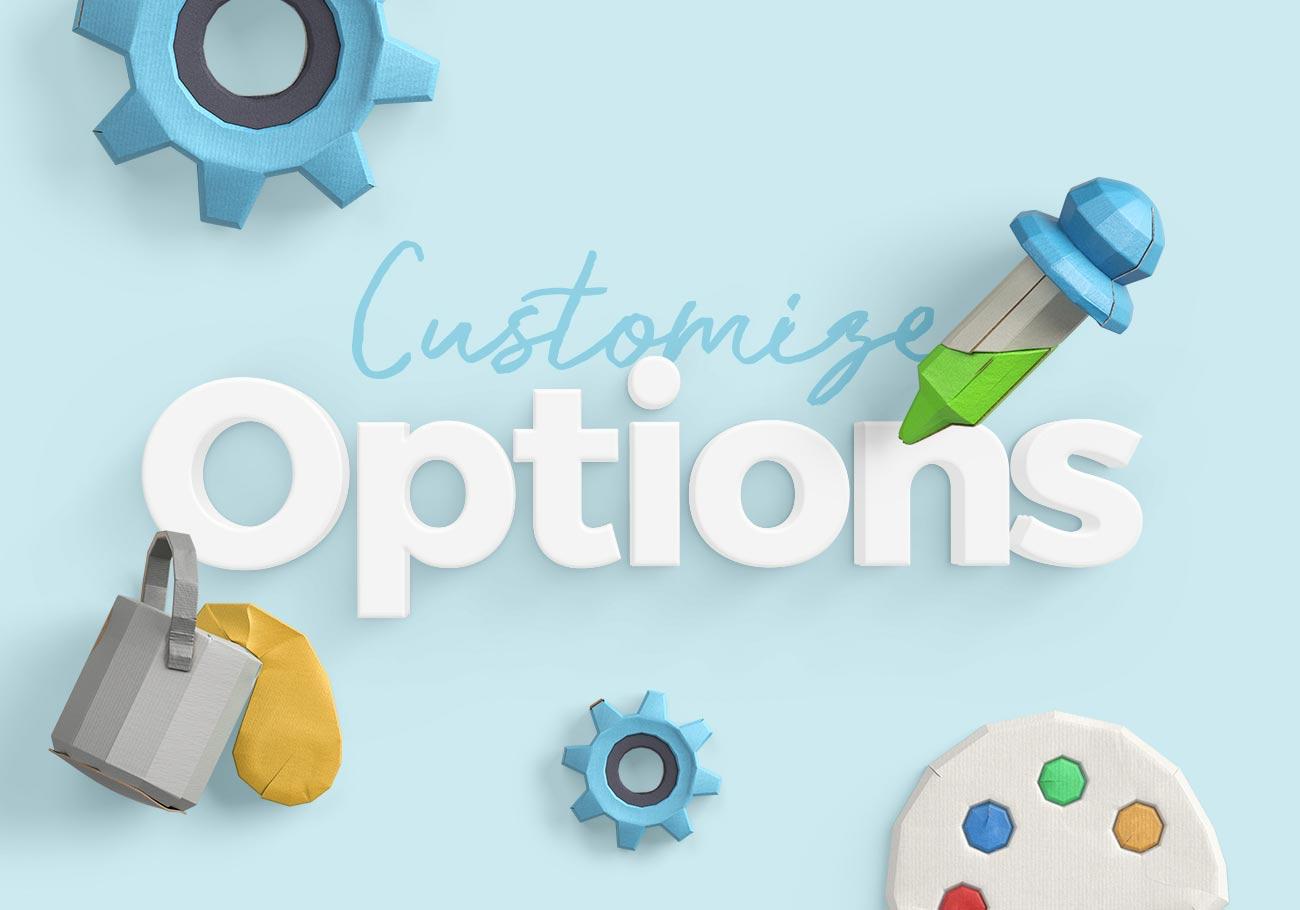
Customization Options: Tailoring Your Site with Themes and Plugins
When it comes to creating a unique online presence, both WordPress and WooCommerce offer a plethora of customization options that allow you to tailor your site to your specific needs. With WordPress, users can choose from a vast array of themes and plugins to enhance the look and functionality of their websites. This flexibility is one of the key reasons why WordPress has remained a popular choice among bloggers,businesses,and online store owners alike.
WordPress themes serve as the foundation for your site’s design. They dictate the layout,color scheme,and overall aesthetic. choosing the right theme is crucial, as it can significantly impact user experience and engagement. You can find themes tailored for specific industries, such as:
- Blogging
- Portfolio
- Business
- eCommerce
On the other hand, plugins are like building blocks that add functionality to your site. With thousands of plugins available, you can easily integrate features such as:
- SEO optimization
- Contact forms
- Social media sharing
- Security enhancements
When using WooCommerce, the customization options expand further. Since it is built on top of wordpress, you can utilize all the themes and plugins available for WordPress while also accessing specific WooCommerce extensions. This allows you to create a fully functional online store with features like:
| Feature | Description |
|---|---|
| Product Management | Easily add, edit, and manage products. |
| Payment Gateways | Integrate various payment options for customers. |
| Shipping Options | Set up shipping rates and zones effortlessly. |
| analytics | Track sales and customer behavior for better insights. |
whether you’re looking to create a personal blog or an expansive online store, the customization options available through WordPress themes and plugins, along with WooCommerce extensions, empower you to make your site truly your own. your online identity is just a few clicks away from being perfectly tailored to fit your vision.
SEO Benefits: Optimizing Your WordPress and WooCommerce Experience
Optimizing your WordPress and WooCommerce experience for search engines is essential for maximizing visibility and driving traffic to your online store. By understanding and implementing effective SEO strategies, you can enhance your site’s performance and improve its ranking on search engine results pages (SERPs).
One of the primary benefits of optimizing your WordPress site is its foundational architecture, which is designed to be search engine friendly. Here are some key aspects:
- Clean code: WordPress generates HTML that is easy for search engines to read and index.
- SEO plugins: Tools like Yoast SEO or All in One SEO Pack allow you to easily manage and optimize your content.
- Mobile responsiveness: Many WordPress themes are responsive, ensuring a seamless experience across devices, which is a crucial factor for SEO.
Conversely, WooCommerce extends these benefits by adding eCommerce-specific features. When optimizing your WooCommerce store, consider the following:
- Product optimization: Ensure that product titles, descriptions, and images are optimized for relevant keywords.
- Structured data: implement schema markup to help search engines understand your product offerings better, improving visibility in rich snippets.
- Site speed: With tools and plugins available for caching and image optimization, a faster site enhances user experience and SEO rankings.
To further illustrate the differences in SEO potential between standard WordPress sites and those powered by WooCommerce, consider the following comparison:
| Feature | WordPress | WooCommerce |
|---|---|---|
| SEO Plugins | Yes | Yes (with additional eCommerce features) |
| Product SEO | No | Yes |
| Schema Markup | Limited | Enhanced with product details |
| Site Speed Optimization | Basic | Advanced options available |
By leveraging the strengths of both WordPress and WooCommerce, you can create a robust SEO strategy that not only attracts more visitors but also converts them into loyal customers. Regularly auditing your site for SEO improvements, utilizing plugins effectively, and keeping up-to-date with SEO best practices will ensure your online presence remains competitive. Remember, in the digital marketplace, visibility is key!
Scalability and Growth: Planning Your Online Business Strategy
When venturing into the world of online business, scalability and growth are crucial considerations. Understanding the key differences between WordPress and WooCommerce can significantly impact your strategy. while both platforms are built on wordpress, they serve different purposes and can influence your ability to expand effectively.
WordPress is primarily a content management system (CMS) that allows users to create and manage websites easily. It is perfect for blogging,portfolios,and informational sites. Its versatility is a significant advantage, enabling you to:
- Build a strong online presence with varied themes and plugins.
- Optimize for search engines, enhancing visibility and traffic.
- Integrate with various tools for marketing and analytics.
Conversely, WooCommerce is a plugin that transforms your WordPress site into a fully functional online store. If your goal is to sell products or services, WooCommerce provides specific features that facilitate growth, such as:
- Comprehensive inventory management.
- Flexible payment gateway options.
- Advanced shipping options to meet customer needs.
Choosing between them is about aligning your current needs with your future goals. If you anticipate growing your business into an eCommerce model, starting with WooCommerce can offer a more streamlined path to scalability. Alternatively, if your focus is on content-driven traffic, WordPress might be the starting point you need.
To illustrate, consider the following table summarizing key features:
| Feature | WordPress | WooCommerce |
|---|---|---|
| Purpose | Content Management | E-commerce |
| Customization | Wide range of themes and plugins | Customizable products and checkout options |
| Scalability | Good for blogs and websites | Designed for handling large product catalogs |
Ultimately, your choice should reflect both your current market position and your vision for the future. By understanding what each platform can offer, you can make an informed decision that supports your business’s growth trajectory.

Support and Community: Leveraging Resources for Success
When navigating the world of WordPress and WooCommerce, understanding the available resources can be a game-changer for your success. The community surrounding these platforms is vast and vibrant, providing a wealth of support that can help you overcome challenges and enhance your skills.
One of the most significant advantages of using WordPress and WooCommerce is the strong support network. there are numerous channels through which you can seek assistance:
- Online Forums: Platforms like the WordPress Support Forum and WooCommerce Community forums are excellent places to ask questions and share experiences.
- Social Media Groups: Joining Facebook groups or LinkedIn communities dedicated to WordPress or eCommerce can connect you with like-minded individuals and experts.
- Meetups and Workshops: Attend local or virtual meetups to network and learn from others, sharing knowledge and resources.
- Documentation and Tutorials: Comprehensive guides and video tutorials can help you troubleshoot and maximize the functionalities of your sites.
Additionally, engaging with the community can lead to unique opportunities. Here’s how you can leverage these resources for your benefit:
- Collaboration: Partner with other users for projects or insights, enhancing your understanding of both WordPress and woocommerce.
- Feedback: Share your work and solicit constructive feedback,which can lead to improvements and innovative ideas.
- Staying Updated: The community is often the first to know about new plugins, themes, and updates. Staying involved can keep your knowledge current.
Lastly, don’t underestimate the value of premium support options. Investing in professional assistance can provide you with tailored solutions and peace of mind. Many developers and agencies specialize in WordPress and WooCommerce, offering:
| Service | Description |
|---|---|
| Custom Development | Tailored solutions to meet your specific business needs. |
| SEO Optimization | Enhancing your site’s visibility on search engines. |
| Technical Support | Expert assistance for troubleshooting and maintenance. |
| Marketing Strategies | Guidance on effectively promoting your online store. |
By actively engaging with the community and utilizing available resources, you can unlock the full potential of WordPress and WooCommerce, setting yourself on a path to success. The collective knowledge and expertise at your fingertips can transform hurdles into stepping stones for your online business journey.

Final recommendations: Making the best Choice for Your Online Presence
When choosing between WordPress and WooCommerce, it’s essential to understand the unique strengths of each platform. While both are affiliated with WordPress, they serve different purposes that can greatly influence your online presence.Here are some key considerations to help you decide:
- Your Business Model: If you’re looking to create a content-focused website, WordPress shines with its vast array of themes and plugins, making it ideal for blogs, portfolios, and websites that prioritize data sharing.
- E-Commerce Needs: Conversely, if your primary goal is to sell products or services online, WooCommerce is the way to go. It transforms your WordPress site into a robust e-commerce platform, complete with shopping cart capabilities and payment processing.
- Scalability: Consider how you plan to grow your business. woocommerce can handle a large number of products and transactions, making it suitable for businesses anticipating growth. WordPress can also scale, but it may require additional adjustments for heavy traffic.
- Customization: Both platforms offer customization options, but WooCommerce tends to have more specific e-commerce functionality. If you need to tailor your shopping experience, WooCommerce provides extensive plugins designed for various sales strategies.
Budget is another significant factor. WordPress itself is free, but premium themes and plugins can add up. WooCommerce is free as well, but keep in mind that some payment gateways and advanced features may require additional investment.It’s crucial to evaluate the total cost of ownership for both platforms, including hosting, domain, and potential add-ons.
Lastly, consider the level of technical expertise you possess or are willing to invest in. WordPress is user-friendly,and its vast community means help is often just a search away. WooCommerce,while still manageable,may require more technical know-how,especially if you’re looking to implement customized solutions and advanced functionalities.
| Feature | WordPress | WooCommerce |
|---|---|---|
| Best For | Blogs, Portfolios, Informational Sites | E-Commerce Sites, Online Stores |
| Cost | Free (with paid themes/plugins available) | Free (with paid extensions available) |
| Customization | Extensive Themes & Plugins | Focused E-Commerce Extensions |
| Ease of Use | User-friendly for beginners | Requires more setup for e-commerce |
Ultimately, the best choice for your online presence will depend on your specific needs and goals. By evaluating your priorities and resources, you can make an informed decision that aligns with your vision for your business.
Frequently Asked Questions (FAQ)
Q&A: What Is the Difference between WordPress and woocommerce?
Q: What is WordPress?
A: WordPress is a powerful content management system (CMS) that allows you to create and manage websites easily. With its user-friendly interface and a vast range of themes and plugins, you can build anything from a simple blog to a complex business website.it’s like the canvas for your online presence!
Q: And what about WooCommerce? Isn’t it just another platform?
A: Great question! WooCommerce actually operates as a plugin for WordPress. Think of WordPress as the foundation of your house, while woocommerce is like adding an amazing store to that house. It’s specifically designed for eCommerce, enabling you to turn your WordPress site into a fully functional online store where you can sell products and services.
Q: So, if WordPress is the main platform, why do I need woocommerce?
A: if you’re looking to sell products online, WooCommerce is essential. While WordPress handles the content side of things, WooCommerce gives you the tools to manage inventory, process payments, and handle shipping. It’s tailored for online sales, providing features like product listings, shopping carts, and checkout systems you won’t find in standard WordPress.
Q: Can I use WooCommerce without WordPress?
A: Nope! WooCommerce is built exclusively for WordPress. If you want to leverage WooCommerce’s capabilities, you’ll need to be using WordPress as your CMS.It’s a match made in heaven for anyone wanting to sell online!
Q: Is it tough to set up WooCommerce on my WordPress site?
A: Not at all! Setting up WooCommerce is straightforward, especially if you’re already familiar with WordPress.You can install the plugin with just a few clicks, and it comes with a handy setup wizard that guides you through configuring your store. plus, there’s a wealth of tutorials and community support available if you ever need help.
Q: What are some advantages of using WooCommerce with WordPress?
A: The benefits are numerous! First, you get the flexibility and customization of WordPress combined with eCommerce functionalities of WooCommerce. There are tons of themes and plugins specifically designed for WooCommerce, allowing you to tailor your store to fit your brand perfectly. Plus, both platforms are open-source, which means you have control over your site without worrying about restrictive fees or limitations.
Q: Are there any downsides to using WooCommerce?
A: While WooCommerce is incredibly powerful, it can be a bit resource-intensive, especially if you have a large inventory. You should ensure your hosting provider can handle the traffic and data. Additionally, learning the ins and outs of both platforms can take some time, but the payoff is worth it when you see your business grow!
Q: What if I just want a simple website—do I still need WooCommerce?
A: If your goal is just to share content or create a basic website, WordPress alone is perfectly sufficient. WooCommerce shines when you’re ready to take your online presence to the next level by selling products. Start with WordPress, and when you’re ready, add WooCommerce to unlock the eCommerce potential!
Q: So, what’s the takeaway?
A: In short, WordPress is your go-to platform for creating websites, while WooCommerce is your ticket to turning that website into a thriving online store. If you have dreams of selling online, leveraging both will give you the best of both worlds—flexibility, power, and a user-friendly experience that can help your business flourish. So, why wait? Get started today!
In Summary
understanding the difference between WordPress and WooCommerce is essential for anyone looking to establish an online presence or launch a successful e-commerce store. While WordPress serves as the robust foundation for building websites, WooCommerce is the powerhouse plugin that transforms your WordPress site into a fully functional online store.So, whether you’re a blogger aiming to monetize your content or an entrepreneur ready to dive into the world of e-commerce, knowing how these two tools work together can make all the difference. Don’t just settle for a standard website—take advantage of the seamless integration and flexibility that WordPress and WooCommerce offer.
If you’re ready to take the plunge, equip yourself with the right resources, and consider your specific needs and goals. With a little time and effort, you can create a stunning, user-friendly online store that not only meets your expectations but exceeds them. Happy building!

